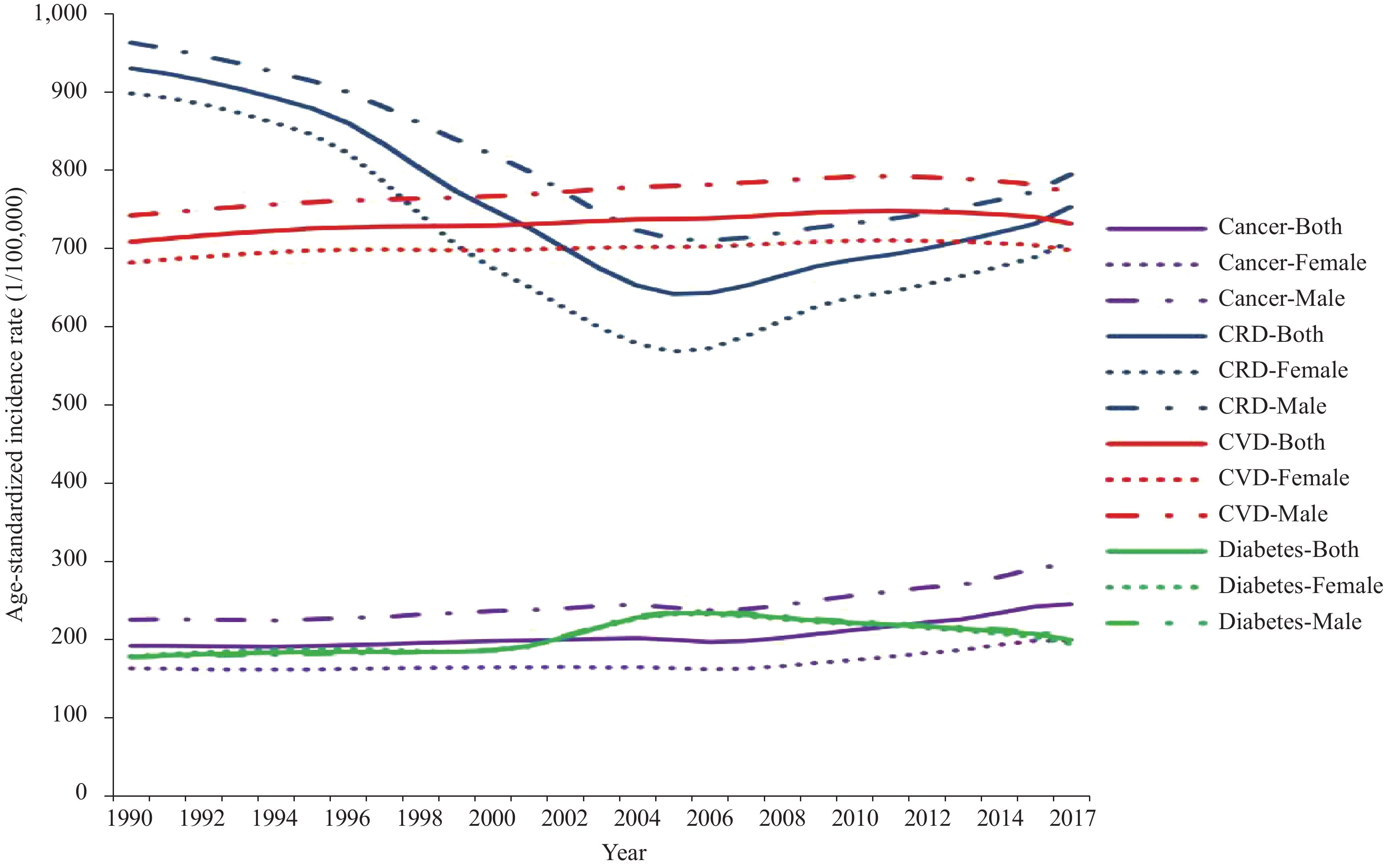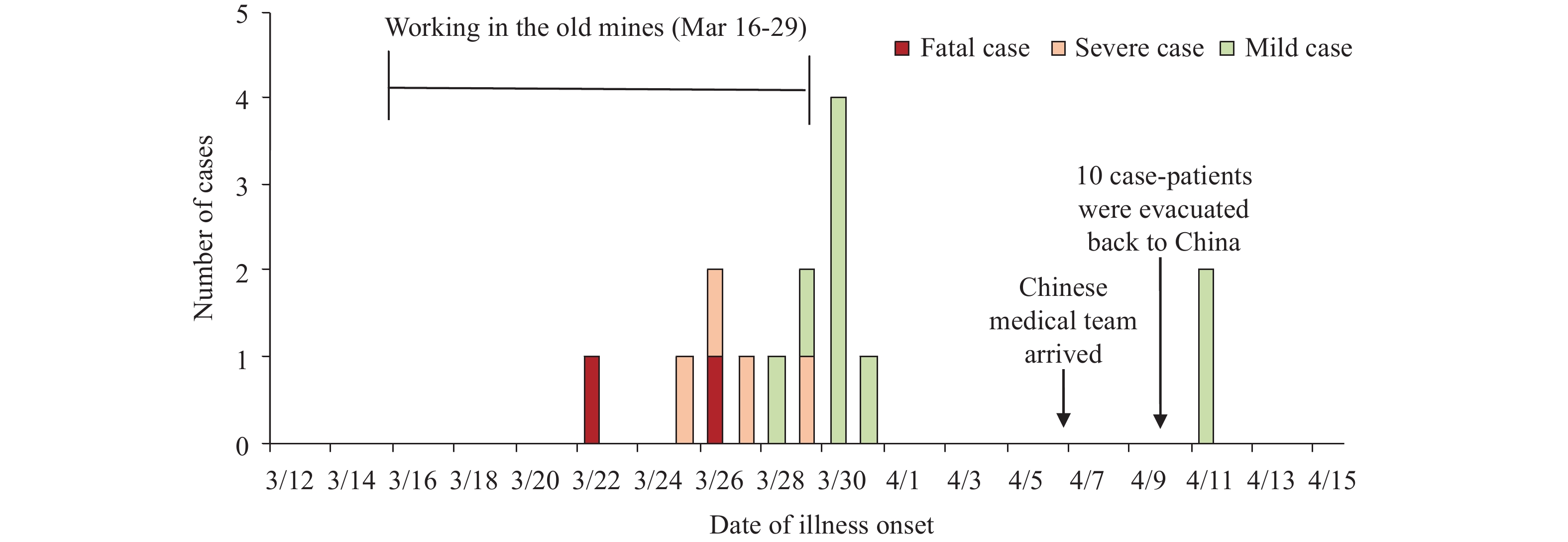2019 Vol. 1, No. 3
What is already known about this topic?
The burden from chronic non-communicable diseases has become an important public health concern in China.
What is added by this report?
The most recent estimates on incidence, prevalence, and mortality for cancer, cardiovascular disease, chronic respiratory disease, and diabetes in China during 1990-2017 reveal that the accumulated prevalences of the four major NCDs are increasing, but the age-standardized mortality rates for CVD, cancer, and CRD have been on a decline during the period of 1990-2017.
What are the implications for public health practice?
More effective intervention strategies should be developed to deal with the continuously increasing burden caused by NCDs.
What is already known on this topic?
Cases of histoplasmosis have been reported in every continent except Antarctica but are fairly rare in China. High prevalence of histoplasmosis has been observed in Central America, Caribbean, and South America. Infections of Histoplasma are acquired through a respiratory route, particularly inhalation of aerosols from disturbed soils enriched with excreta from birds and bats. These infections are most common in persons involved with removing soil, visiting caves, cleaning old houses, or felling trees, etc.
What is added by this report?
This is the first report of cluster infections of Histoplasma among overseas Chinese workers. A strong dose-dependent association of illness onset and disease severity with the exposure intensity to the soils and wastes possibly contaminated by the Histoplasma has been proposed. Long labor times, repeated entering of contaminated tunnels, working in high-dust environments are likely to result in earlier illness onsets, more severe clinical courses, and even fatal outcomes. More importantly, none of the patients used reliable personal protection equipment (PPE), such as common masks while working, that would prevent the inhalation of more Histoplasma spores.
What are the implications for public health practice?
The epidemiological findings of this outbreak investigation highlight a probable risk of infection with Histoplasma when entering without PPE into the environment with bats living around, such as caves or mines. Effective education and communication might be needed among residents and travelers. This outbreak expands our knowledge of the control and prevention of fungal disease in China.



 Subscribe for E-mail Alerts
Subscribe for E-mail Alerts CCDC Weekly RSS Feed
CCDC Weekly RSS Feed
